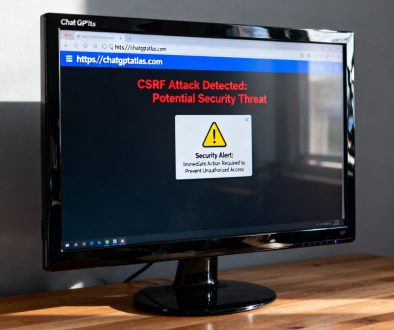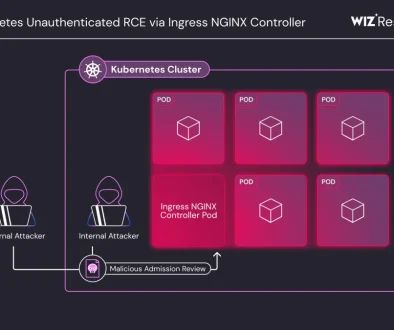Vulnerability Management in 2025: From Swamped to Secure
Cyber attackers don’t wait—neither can your team. Vulnerability management has entered a new era, where rapid patching, risk-based prioritization, and automation separate the secure from the vulnerable. Here’s how to stay ahead in 2025.
Why Traditional Vulnerability Management Fails
Legacy systems rely on “scan and forget”—massive lists of vulnerabilities with little context or actionable guidance. But with record-high CVEs, zero-days, supply chain attacks, and hybrid cloud infrastructure, old habits are now a recipe for breach.
Top pain points:
Overwhelming volumes of vulnerabilities pulled in scans.
Patch fatigue—trying to fix everything, but not what matters most.
Delayed remediation due to poor ownership and siloed workflows.
The Modern Playbook: Risk-Based, Automated, and Continuous
1. Start with Context: Map your asset inventory. Know which apps and servers actually matter to the business. Pair each asset with business impact scoring—because a “medium” vulnerability in a customer portal is often a bigger threat than a “critical” flaw on a test VM.
2. Prioritize Like an Attacker: Move past CVSS alone! Overlay threat intelligence (like CISA KEV or Exploit Prediction Scoring System) so actively exploited vulnerabilities jump to the top of your queue—before criminals find them.
3. Automate the Mundane: Manual patching is out, automation is in. Modern tools integrate patch rollouts, phased updates, and compliance reporting, reducing human error and freeing teams for truly complex work.
4. Validate Exposure, Not Just Existence: Simulate real-lifecycle attack paths. Exposure validation pinpoints flaws that could be meaningfully abused in your unique environment—and lets you ignore “noise” vulnerabilities posing little risk.
Real-World Example: Exposure Validation in Action
Imagine “Log4Shell” is detected everywhere. Exposure validation finds:
Public-facing sites: reachable and at highest risk—patch NOW.
Apps behind strong WAF: protected, lower priority.
Internal systems with no access: minimal priority.
Result: Focus on what’s exposed, not just what’s reported.
Best Practices for 2025
Maintain a continuous asset inventory—automate where possible.
Scan all layers: internal, external, cloud, containers.
Use risk-based prioritization (CVSS + threat intel + asset criticality).
Automate patch deployment and reporting.
Track key metrics (Mean Time to Remediate, SLA compliance, reduction in “critical” risk surface).
Regularly simulate and validate exposure to prioritize true threats.
Tools to Consider
Risk-driven vulnerability management platforms (Qualys, Tenable, Rapid7, Wiz).
Patch automation suites that support group-based, phased rollouts.
Threat intelligence integrations for real-time exploit alerts.
Call to Action
Want to reduce patch panic? Download our 2025 checklist for a modern, risk-based vulnerability management program—so you focus where it matters most!



